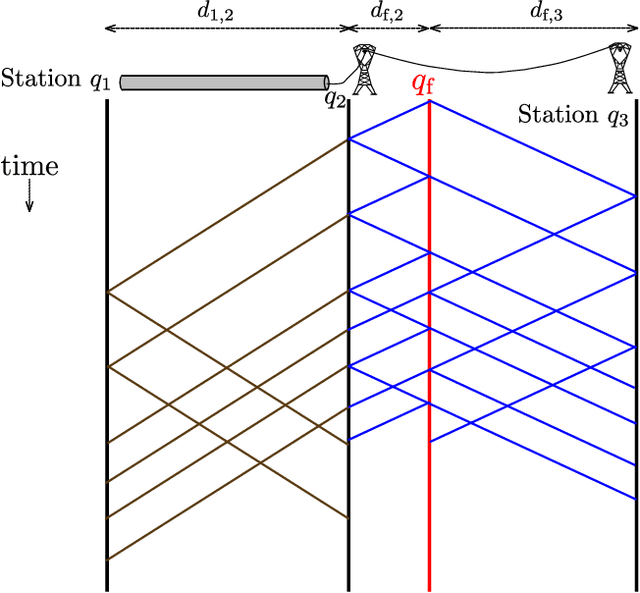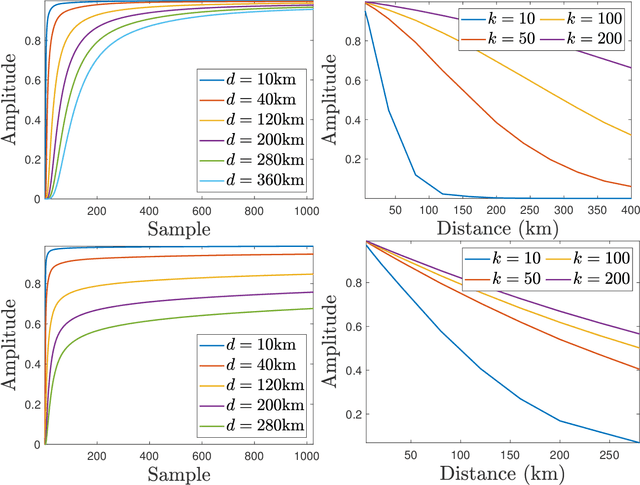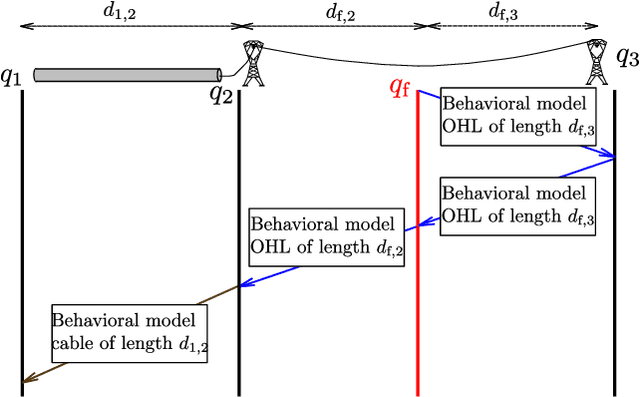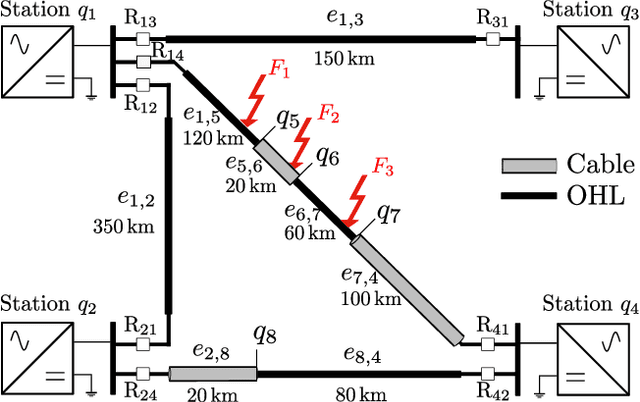Michel Kieffer
L2S
Temporal Predictive Coding for Gradient Compression in Distributed Learning
Oct 03, 2024Abstract:This paper proposes a prediction-based gradient compression method for distributed learning with event-triggered communication. Our goal is to reduce the amount of information transmitted from the distributed agents to the parameter server by exploiting temporal correlation in the local gradients. We use a linear predictor that \textit{combines past gradients to form a prediction of the current gradient}, with coefficients that are optimized by solving a least-square problem. In each iteration, every agent transmits the predictor coefficients to the server such that the predicted local gradient can be computed. The difference between the true local gradient and the predicted one, termed the \textit{prediction residual, is only transmitted when its norm is above some threshold.} When this additional communication step is omitted, the server uses the prediction as the estimated gradient. This proposed design shows notable performance gains compared to existing methods in the literature, achieving convergence with reduced communication costs.
Set-membership target search and tracking within an unknown cluttered area using cooperating UAVs equipped with vision systems
Mar 22, 2024Abstract:This paper addresses the problem of target search and tracking using a fleet of cooperating UAVs evolving in some unknown region of interest containing an a priori unknown number of moving ground targets. Each drone is equipped with an embedded Computer Vision System (CVS), providing an image with labeled pixels and a depth map of the observed part of its environment. Moreover, a box containing the corresponding pixels in the image frame is available when a UAV identifies a target. Hypotheses regarding information provided by the pixel classification, depth map construction, and target identification algorithms are proposed to allow its exploitation by set-membership approaches. A set-membership target location estimator is developed using the information provided by the CVS. Each UAV evaluates sets guaranteed to contain the location of the identified targets and a set possibly containing the locations of targets still to be identified. Then, each UAV uses these sets to search and track targets cooperatively.
Low-complexity graph-based traveling wave models for HVDC grids with hybrid transmission lines: Application to fault identification
Mar 12, 2021



Abstract:The fast protection of meshed HVDC grids requires the modeling of the transient phenomena affecting the grid after a fault. In the case of hybrid lines comprising both overhead and underground parts, the numerous generated traveling waves may be difficult to describe and evaluate. This paper proposes a representation of the grid as a graph, allowing to take into account any waves traveling through the grid. A relatively compact description of the waves is then derived, based on a combined physical and behavioral modeling approach. The obtained model depends explicitly on the characteristics of the grid as well as on the fault parameters. An application of the model to the identification of the faulty portion of an hybrid line is proposed. The knowledge of the faulty portion is profitable as faults in overhead lines, generally temporary, can lead to the reclosing of the line.
 Add to Chrome
Add to Chrome Add to Firefox
Add to Firefox Add to Edge
Add to Edge